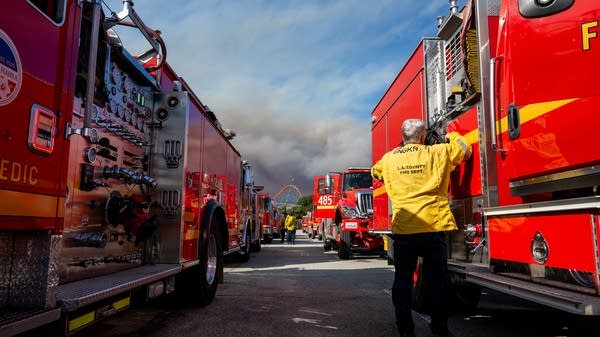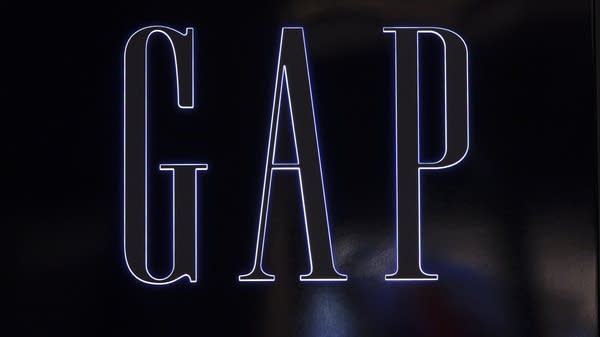Why Starbucks is letting an algorithm decide the order drinks get made in
The coffee chain has a plan to get customers their caffeine, faster: simpler orders might go first.

Robert Byrne loves coffee shops. And he wants to see them succeed.
“It’s personal for me,” he said. “I met my wife when she was working at a coffee shop, so we are like a coffee shop family.”
Byrne also directs consumer research at the restaurant consultancy Technomic. What’s bad for a coffee shop, he said, is too many uncaffeinated customers waiting for their morning fix.
“There's a bit of a boxing match that can take place, right?” he said. “A lot of elbows out and things like that — um, and confusion, and that's never a good thing.”
In a survey of Starbucks patrons, Byrne found that speed of service was the key to creating loyal customers.
“If you got your order in less than five minutes, you're 50% more likely to give 'em that highest rating for intent to return, that highest rating for intent to recommend, I'm gonna become a promoter. That's significant,” he said.
Starbucks has a new plan to get you your caffeine faster. Right now, baristas process orders first come, first served.
But the company says a new algorithm will optimize the sequence of order prep. That means if all you want is a black coffee, you might not have to wait for the quadruple white chocolate mocha frap with whip ordered just ahead of you.
To cut down wait times, Starbucks has slashed the number of menu options. And it’s cracking down on bespoke orders for foams, creams and flavor shots, per Miguel Gomez, a professor of food marketing at Cornell.
“They are reducing the amount of customization, because it takes too much time,” he said.
That faster service can also improve employee satisfaction, Gomez said. “When you have long waiting times, usually customers are grumpier and then that increases pressure on the barista.”
Slimmer menus and algorithmic order sequencing are all part of the coffee chain’s plan to turn around slumping sales, according to Stephen Zagor, a restaurant consultant and professor at Columbia Business School.
“Starbucks is regrouping and saying, ‘Hey, we don't need to have this kind of specialty latte, we don't need to have this kind of specialty chai. Let's get back to our roots,’” he said — good coffee, served fast, essentially.
But Zagor said there’s a risk of getting customers in and out of the store too quickly. “You don't want it to look like a loss of wait time is a loss of popularity.”
He added that a bit of a wait can signify the product is in-demand and exciting — insofar as anything can be exciting before morning coffee.













